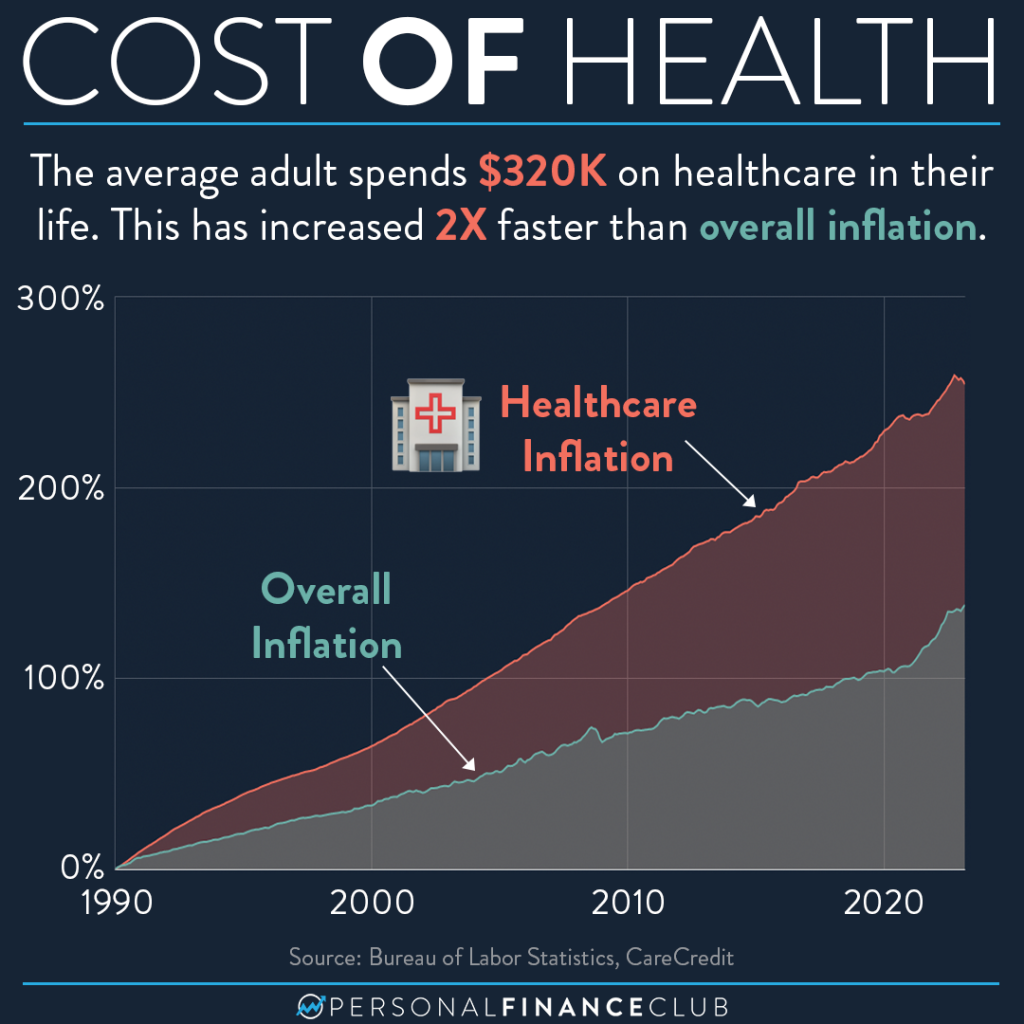Why Healthcare RCM is Necessary for Financial Health in Medical Practices
Why Healthcare RCM is Necessary for Financial Health in Medical Practices
Blog Article
A Comprehensive Overview on Just How Medical Care RCM Works to Improve Billing and Collections
Browsing the complexities of medical care profits cycle administration (RCM) is critical for carriers intending to improve their billing and collections procedures. The overview unpacks the complexities of RCM, from patient enrollment to receivables administration, offering understandings into maximizing each action. Integrating sophisticated innovation and standardized treatments can substantially minimize case denials and increase payment cycles. Yet, truth obstacle lies in seamlessly combining these elements to enhance money circulation. As we discover the core elements and approaches that drive effectiveness, one inquiry stays: exactly how can healthcare entities finest placement themselves to flourish financially in an ever-evolving market?
Comprehending Earnings Cycle Administration
RCM is a critical management function that incorporates the whole financial process of client care, from the first appointment establishing to the final settlement of the balance. It is an intricate procedure developed to recognize, accumulate, and take care of the earnings from the services given to clients.
The RCM process starts when an individual timetables a visit and prolongs via the individual's treatment trip, including payment and collections. An essential objective is to minimize the time between giving a solution and receiving payment, hence improving the company's monetary wellness. RCM involves numerous functions such as person registration, insurance confirmation, fee capture, coding, asserts submission, repayment posting, and managing appeals and denials.
Secret Components of RCM
In the world of Income Cycle Monitoring (RCM), understanding its key parts is essential to attaining financial effectiveness within medical care organizations. RCM is a thorough process that includes numerous phases, each essential to guaranteeing efficient payment and collections. The main parts include patient enrollment, insurance coverage confirmation, cost capture, coding, insurance claim entry, settlement posting, and accounts receivable administration.


Once coded, claims are submitted to payers, where accuracy is vital to avoid delays or beings rejected - Healthcare RCM. Repayment publishing includes tape-recording the gotten settlements, which permits the settlement of accounts. Lastly, accounts receivable management concentrates on monitoring and dealing with unpaid claims, guaranteeing timely follow-up and resolution
Each element of RCM is interconnected, and ineffectiveness in any kind of part can disrupt the whole cycle. Therefore, understanding these elements is important for healthcare companies to enhance income and enhance their financial wellness.
Techniques for Reliable Payment

Systematizing billing treatments throughout the organization is another essential technique. Establishing clear standards for paperwork, coding, and submission aids keep consistency and compliance with regulatory needs. Educating staff regularly on these treatments makes sure everybody is up-to-date with the current changes in payment codes and payer policies.
Accurate fee capture is vital in preventing income leakage. Implementing normal audits and tracking systems enables the identification and correction of disparities before they impact revenue. In addition, maintaining open lines of communication with payers helps to quickly deal with any disputes or misunderstandings that may develop.

Last but not least, interesting individuals early in the invoicing process by offering clear estimates and instructional products about their economic duties can substantially decrease confusion and boost repayment timeliness. These techniques collectively contribute to a much more financially healthy and efficient invoicing system.
Enhancing Collections Processes
A durable collections process is vital for maintaining monetary stability within health care organizations. Offered the complexities of clinical payment and the range of payer needs, improving the collections process includes applying critical steps that guarantee accurate and prompt payment of services rendered. Central to this is the use of innovation to automate and streamline processes, enhancing and reducing hands-on mistakes performance. Automation tools can assist in tracking claim standings, sending timely pointers to individuals, and managing rejections a lot more properly.
Educating team to understand the subtleties of insurance coverage plans and payment codes is equally vital. This knowledge empowers them to address billing disparities go to website quickly and interact properly with clients regarding their economic responsibilities. In addition, transparent and clear person communications are critical. Providing thorough descriptions of charges and using adaptable settlement strategies can raise person satisfaction and prompt settlements.
Normal audits of the collections process need to be carried out to recognize areas for renovation and make sure compliance with laws. By analyzing data, healthcare organizations can identify patterns, prepare for prospective concerns, and adapt methods as necessary (Healthcare RCM). Ultimately, a well-enhanced collections procedure not only sustains economic wellness however likewise adds to a more smooth experience for patients and personnel alike
Optimizing Income Streams
Building upon the structure of a strong collections process, medical care organizations can additionally boost their economic stability by tactically enhancing profits streams. This entails a multi-faceted strategy, beginning with a thorough evaluation of existing earnings resources to identify inadequacies and locations for growth. Utilizing sophisticated information analytics tools makes it possible for companies to obtain understandings right into payer mix, client demographics, and solution utilization patterns, enabling for data-driven choices that boost revenue capture.
Carrying out automated payment systems can considerably reduce mistakes and quicken insurance claims processing, making sure that income is gathered more successfully. Furthermore, optimizing payer agreements through routine arrangements can boost compensation prices and terms, directly affecting the bottom line. Branching out solution offerings, such as including telehealth or health programs, can likewise bring in a wider individual base, hence boosting income possibility.
Another crucial element is enhancing patient interaction and satisfaction, as satisfied people are most likely to adhere to therapy plans and make timely settlements. Supplying flexible payment alternatives and clear billing methods can improve collections and foster individual loyalty. Healthcare RCM. By embracing these approaches, health care organizations can produce a much more durable financial framework, ensuring sustained growth and security in an ever-changing sector landscape
Verdict
Finally, health care Earnings Cycle Management (RCM) plays a vital role in optimizing billing and collections procedures by integrating vital elements such as patient enrollment, insurance coverage confirmation, fee capture, coding, claims submission, and balance due administration. By utilizing advanced technology, systematizing procedures, and promoting client engagement, health care carriers can substantially minimize insurance claim denials, increase payment cycles, and enhance money circulation. This thorough method to RCM eventually causes enhanced economic efficiency and sustainability for medical care companies.
The RCM process begins when a patient routines a consultation and extends with the person's care journey, including invoicing and collections.One more important part is boosting individual engagement and complete satisfaction, as other pleased individuals are extra likely to stick to treatment plans and make timely repayments. Supplying flexible settlement options and transparent billing techniques can improve collections and foster client loyalty.In conclusion, health care Revenue Cycle Administration (RCM) plays a vital function in maximizing invoicing and collections procedures by incorporating essential elements such as individual enrollment, insurance policy verification, cost capture, coding, claims submission, weblink and accounts receivable management. By employing advanced innovation, systematizing procedures, and cultivating individual interaction, healthcare providers can dramatically lower claim denials, increase repayment cycles, and enhance money flow.
Report this page